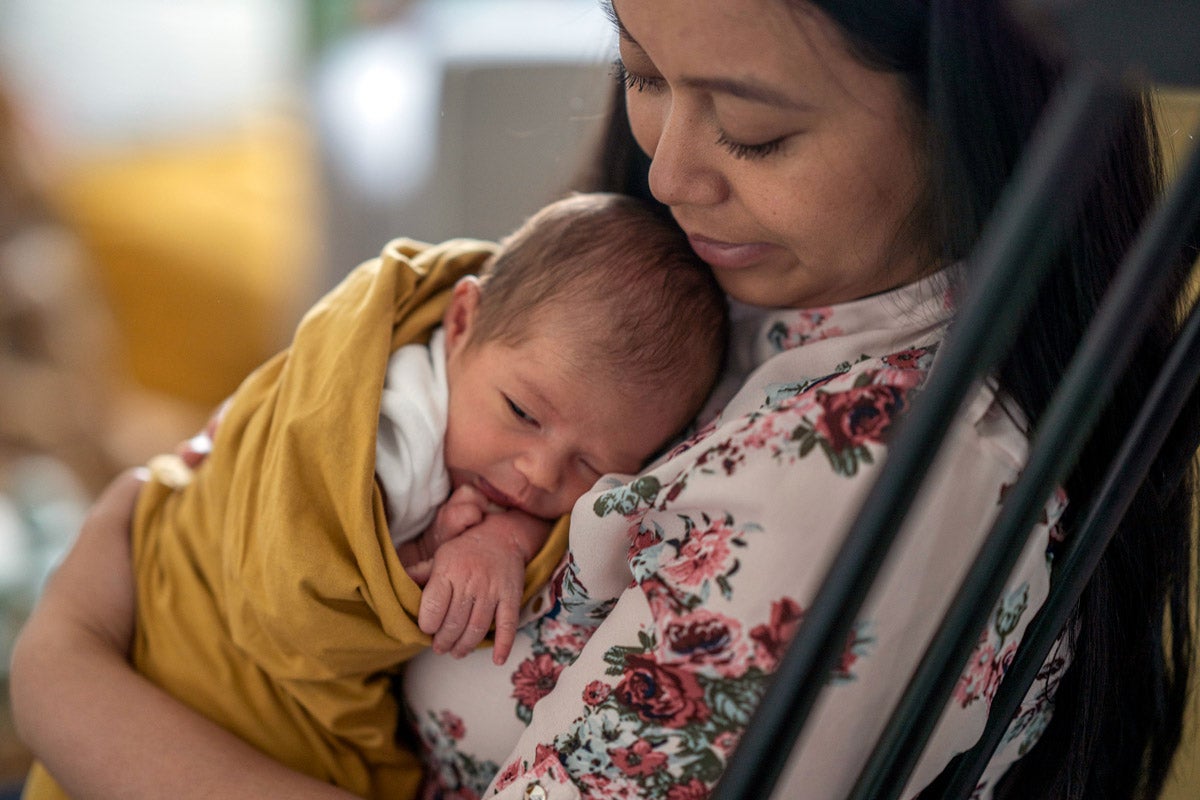
Ideas
Hispanic women are less likely to get PrEP treatment. A new intervention could change that.
This article was originally published by The Conversation.
In the U.S., Hispanic women have been disproportionately affected by the HIV epidemic in recent years. Yet they’ve been less likely to take advantage of PrEP, a medication that significantly reduces the risk of getting HIV.
So we created a pilot intervention to inform more people about the medication by adding it to an existing and proven HIV-prevention program aimed at heterosexual Hispanic women. All of the participants in the pilot—none of whom previously were aware of PrEP—said they were satisfied with the intervention, and the vast majority learned a great deal. These results lead us to believe that this could be a good way to lower rates of HIV in the Hispanic community.
We are scientist nurses who research HIV prevention among Black and Hispanic women in South Florida.
Along with our team, we established SEPA+PrEP. It is an intervention that uses community engagement that is culturally tailored to Hispanic women to promote HIV prevention.
The program builds on the existing SEPA intervention, which was developed in 1999. SEPA, which in Spanish stands for health, education, prevention, and self-care, was created for Hispanic women 18–49. It has been shown to increase condom use and decrease intimate partner violence and substance abuse.
Sign up for Harvard Public Health
Delivered to your inbox weekly.
To create SEPA+PrEP, we adapted and updated the original SEPA intervention and added content about PrEP. We piloted the program with 44 Hispanic women in Miami-Dade County. The women attended three weekly sessions, each two hours long. Participants took part in discussions and role-playing activities, while practicing their communication skills and interacting with their peers.
None of the participants knew about PrEP prior to the study, and 70 percent had not used a condom for vaginal sex in the previous three months. More than half reported that they were not concerned about getting HIV before participating in the program.
After the intervention, we used questionnaires and focus groups to measure its acceptability and feasibility. All of the participants reported being satisfied with it, and 89 percent demonstrated comprehension of the information provided.
Overall, SEPA+PrEP was found to be an acceptable and feasible way to teach Hispanic women about PrEP and other forms of HIV prevention, such as condom use and HIV testing.
Why PrEP access matters
Although HIV infections in the U.S. have decreased by 12 percent since 2018, the rates among Hispanic women have remained steady.
Hispanics make up 17 percent of U.S. women but 21 percent of those living with HIV, according to the Pew Research Center.
In 2022, Hispanic women were almost three times more likely to be diagnosed with HIV than non-Hispanic white women.
Despite the high rates of HIV transmission among Hispanics, data shows that only 17 percent of PrEP users in the U.S. identify as Hispanic. This percentage is significantly lower than the proportion of Hispanics who are actually at risk for HIV.
Researchers have identified two main reasons for this disparity in PrEP use. First, social services providers that work with these communities don’t seem to realize that PrEP is readily available and effective. As a result, they rarely offer Hispanic women the drug as an option for HIV prevention. Second, Hispanic women—particularly immigrant Hispanic women—have limited access to health care due to financial barriers and a lack of health insurance.
What’s next?
Now that we know SEPA+PrEP can effectively teach women how to use PrEP, the next step is to determine whether the program actually compels women to start taking the drug.
Additionally, we aim to investigate whether SEPA+PrEP can address other issues related to HIV risk, such as intimate partner violence. Our team is also working on adapting SEPA+PrEP for Black women, who are also disproportionately affected by the HIV epidemic.
Image: klebercordeiro / iStock


